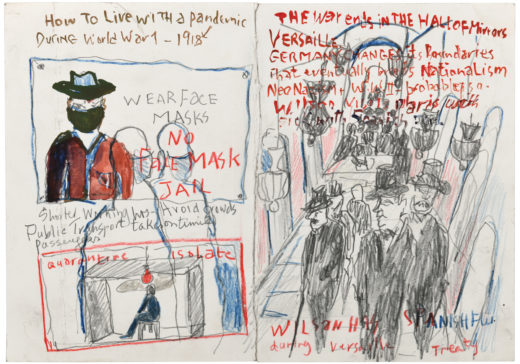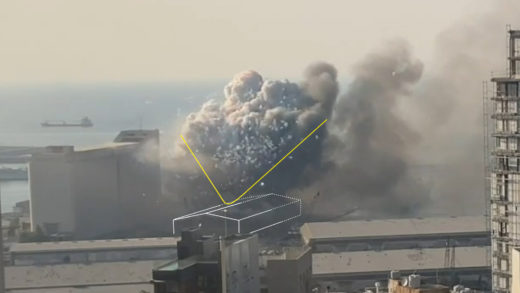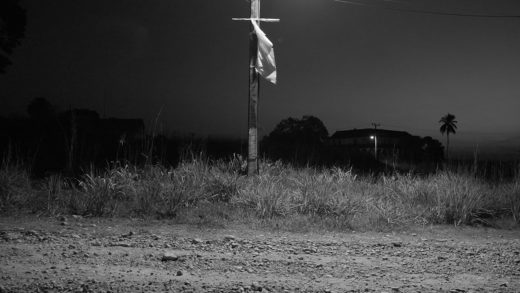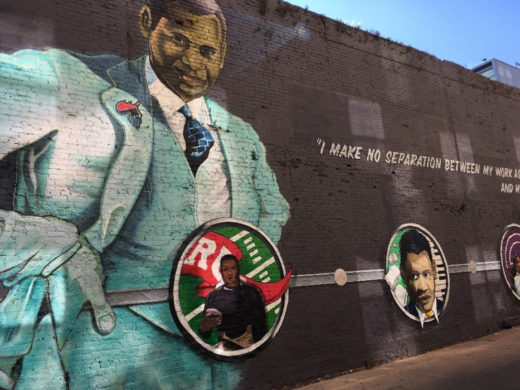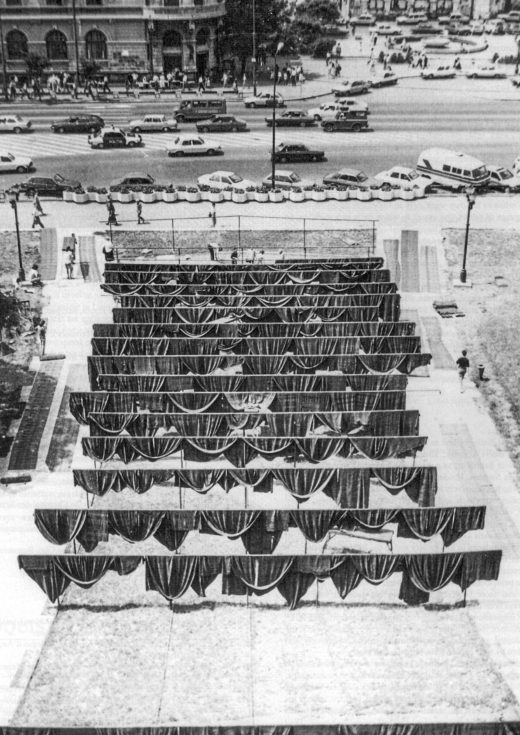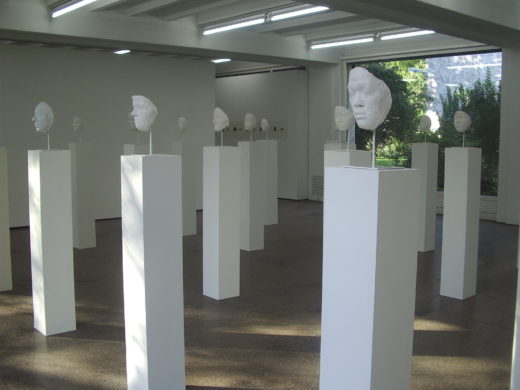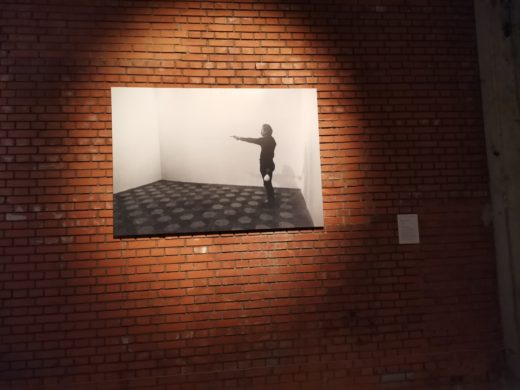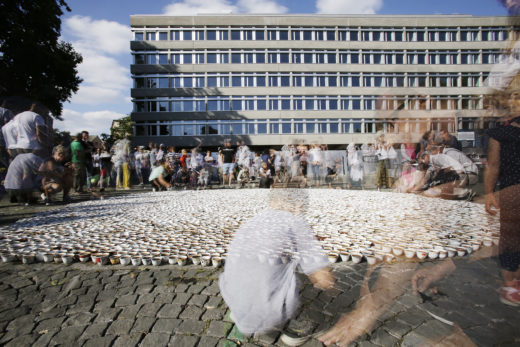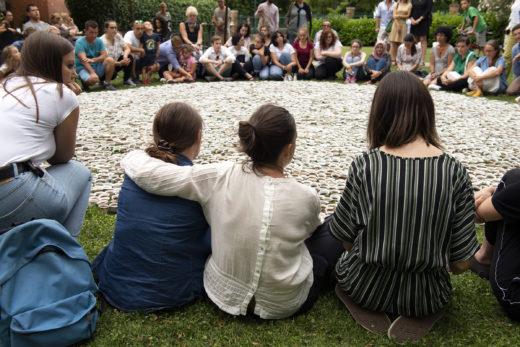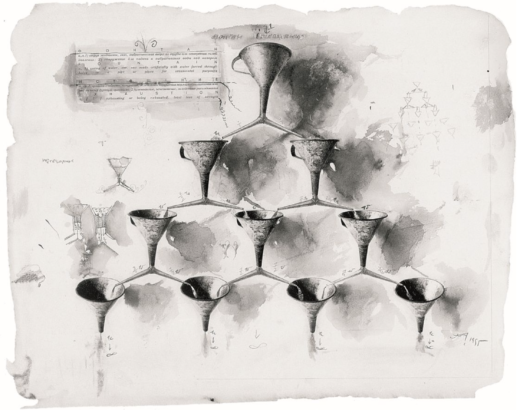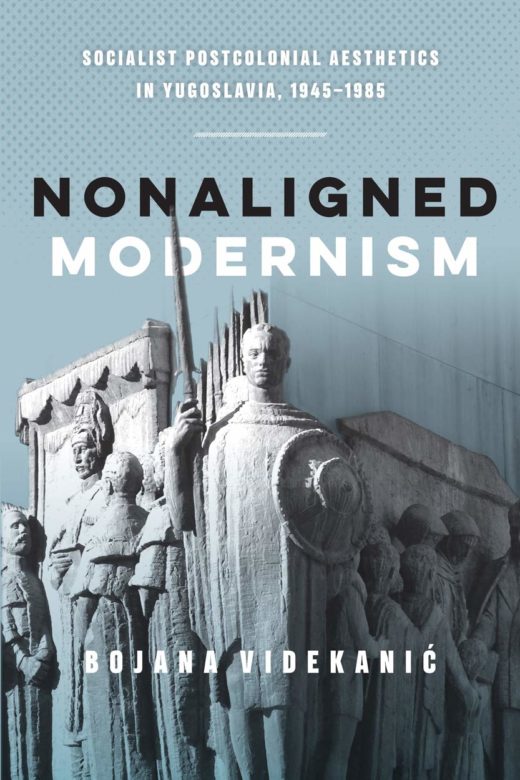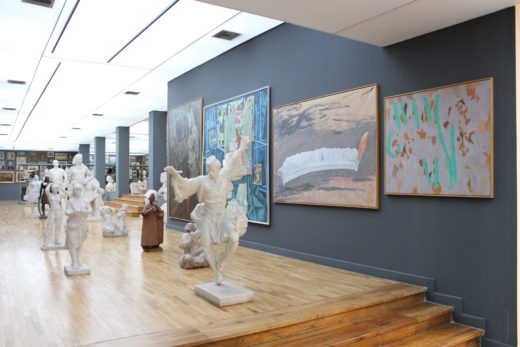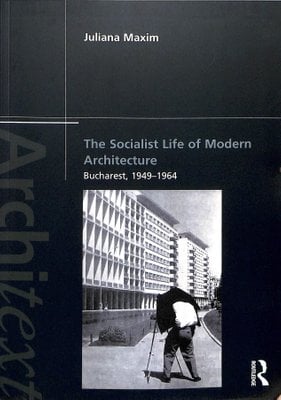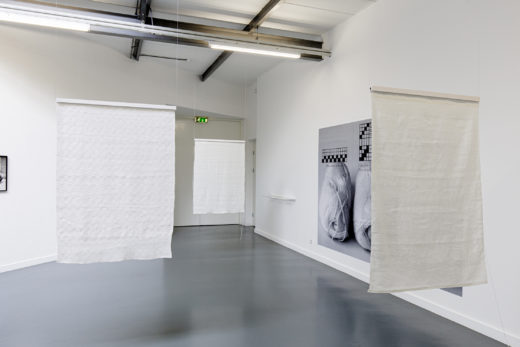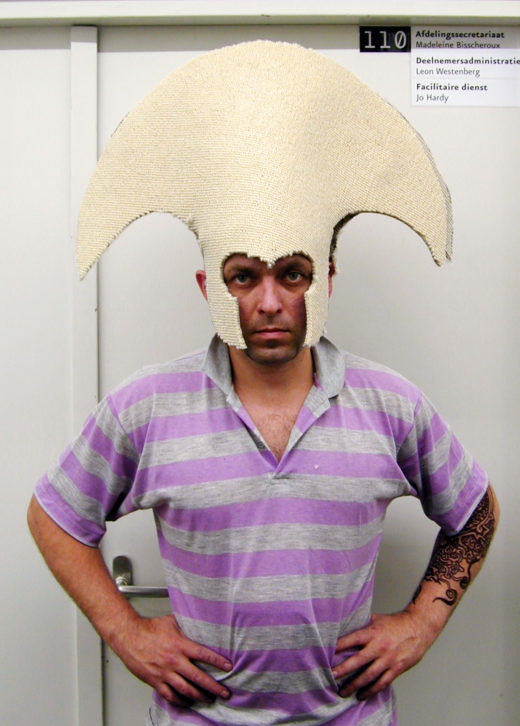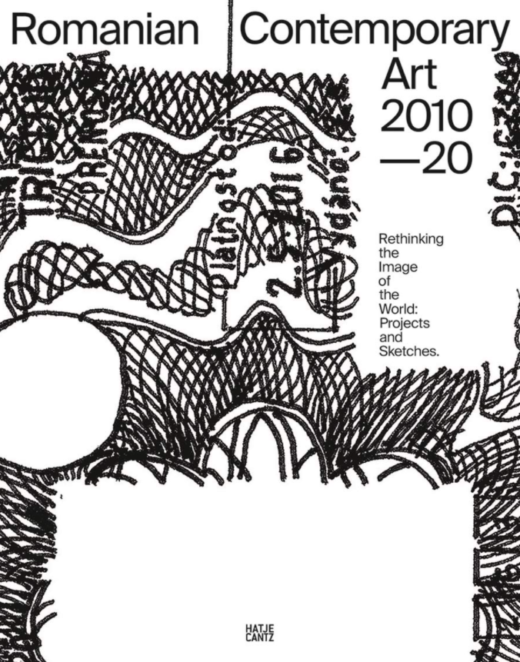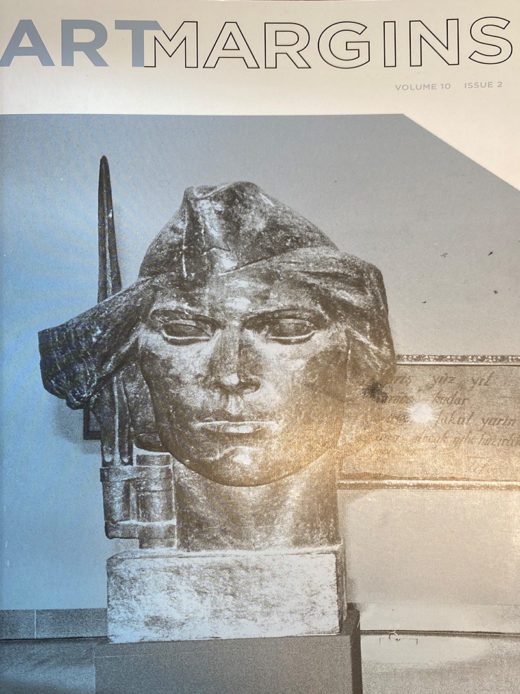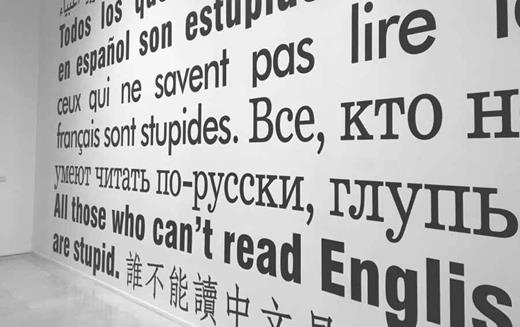The Ghosts of Past Events in the Hall of Mirrors
The heads of states met at the end of World War I to sign the Versailles treaty in 1919 in the Palace’s hall of mirrors. This was at the time when Europe was infected with the Spanish flu pandemic that lasted until 1922. The project is a visual narration of the conjunction of these two historical events that have uncanny reverberations in the present: the Versailles treaty has charted the path towards present-day geopolitical crises, and the Spanish flu can be seen as a prelude to the COVID pandemic and its response.
ARTMargins, Volume 10, Issue 3, pp. 192-201.… Read more

